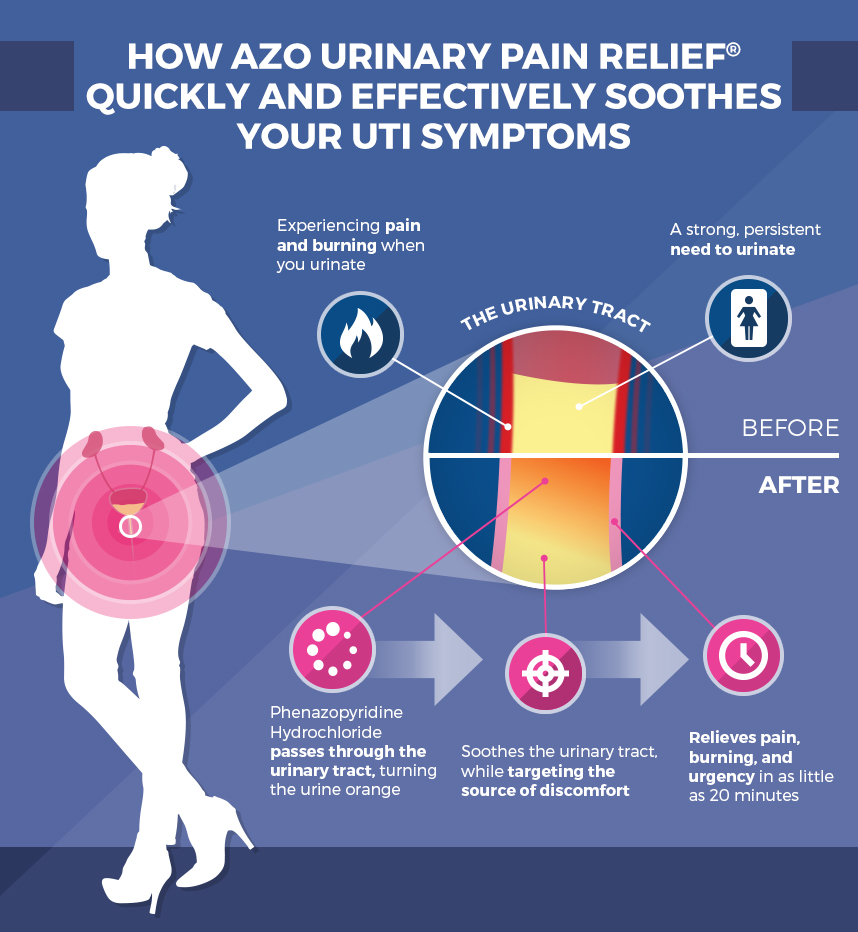Ease Pain of UTI: Home Remedies for Fast UTI Relief
What are the effective home remedies for fast UTI relief? How can you relieve UTI pain at night? Get the answers for a quick and comfortable recovery.
Effective Home Remedies for Fast UTI Relief
Urinary tract infections (UTIs) can be incredibly uncomfortable, making it difficult to concentrate, enjoy activities, and even get a good night’s sleep. Fortunately, there are several home remedies that can provide fast relief while your body fights the infection.
Try Heat to Reduce Discomfort
Applying warm compresses, a hot water bottle, or a heating pad to your pelvis can increase blood flow and help reduce cramping and pressure associated with a UTI. The heat helps soothe and relax the pelvic muscles.
Stay Hydrated to Flush Out Bacteria
Drinking 6-8 glasses of water per day supports the production of urine, which helps flush bacteria out of the urinary tract. Each time you urinate, you’re clearing out the infection-causing germs.
Over-the-Counter Pain Relievers for Symptom Management
Phenazopyridine hydrochloride, commonly sold under the brand name AZO, is an over-the-counter medication that can temporarily relieve the urgent need to urinate, pain, and pressure caused by a UTI. However, it does not treat the underlying infection.

Wear Loose, Breathable Clothing
Tight, restrictive clothing can further irritate the urethra during a UTI. Opt for loose-fitting, breathable fabrics like cotton until your symptoms subside.
Cranberry Juice May Provide Some Relief
While the research on cranberry juice’s effectiveness for UTI treatment is mixed, some studies and anecdotal evidence suggest it may help by making it harder for bacteria to stick to the urinary tract lining. Choose a juice that lists cranberries as the first ingredient and is free of added sugars.
Avoid Bladder Irritants
Certain foods and drinks can trigger bladder inflammation and exacerbate UTI symptoms. While your body is healing, it’s best to limit or avoid caffeine, carbonated beverages, alcohol, spicy foods, acidic fruits and vegetables, and refined sugar.
Combine Home Remedies with Medical Care
While home remedies can provide relief, they are unlikely to cure a UTI on their own. Antibiotics prescribed by your doctor are usually necessary to effectively treat the underlying bacterial infection. You can use home remedies in conjunction with the medication to both manage your discomfort and address the root cause.

When to See a Doctor for a UTI
You should see your doctor if your symptoms don’t improve after 2-3 days, you’ve had 3 or more UTIs in the last 12 months, you’re pregnant, you have diabetes, or you have a weakened immune system. Certain symptoms, such as high fever, back pain, nausea, or vomiting, could indicate a more serious kidney infection that requires prompt medical attention.
Personalized UTI Care with Forward
As your primary care provider, Forward offers one-on-one, personalized care for UTIs. You can schedule an appointment quickly, see a doctor virtually or in person, and have prescriptions delivered right to your door. Forward also provides recommendations for the best home remedies to keep you comfortable during your recovery.
Frequently Asked Questions
What are the most effective home remedies for UTI relief?
The most effective home remedies for UTI relief include applying heat to the pelvis, drinking plenty of water, taking over-the-counter pain relievers, wearing loose, breathable clothing, and consuming cranberry juice (without added sugars). These methods can help soothe symptoms and promote healing while your body fights the infection.
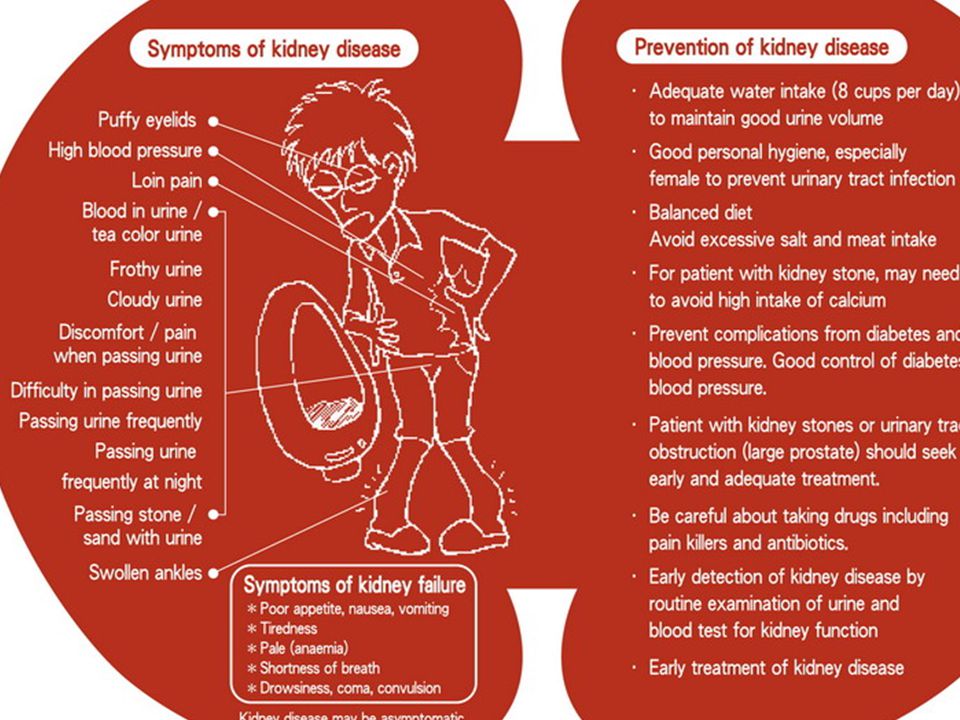
How can I relieve UTI pain at night?
To relieve UTI pain at night, try applying a warm compress or heating pad to your lower abdomen, stay hydrated by sipping water throughout the night, and wear loose, comfortable clothing to bed. Avoiding bladder irritants like caffeine and alcohol can also help minimize nighttime discomfort.
Do home remedies actually cure UTIs?
No, home remedies alone are unlikely to cure a UTI. While they can provide symptom relief, antibiotics prescribed by a doctor are usually necessary to effectively treat the underlying bacterial infection. Home remedies can be used in combination with medical treatment to manage discomfort during the recovery process.
When should I see a doctor for a UTI?
You should see a doctor if your UTI symptoms don’t improve after 2-3 days, you’ve had 3 or more UTIs in the last year, you’re pregnant, you have diabetes, or you have a weakened immune system. Additionally, seek medical attention if you experience symptoms like high fever, back pain, nausea, or vomiting, as these could indicate a more serious kidney infection.

How can Forward help with UTI treatment?
As a primary care provider, Forward offers personalized, one-on-one care for UTIs. You can quickly schedule a virtual or in-person appointment, get a prescription delivered to your door, and receive recommendations for the best home remedies to keep you comfortable during your recovery. Forward’s approach aims to provide a more convenient and enjoyable healthcare experience.
Are there any foods or drinks I should avoid with a UTI?
Yes, it’s best to limit or avoid certain foods and drinks that can irritate the bladder and exacerbate UTI symptoms. These include caffeine (found in coffee, tea, and chocolate), carbonated beverages, alcohol, spicy foods, acidic fruits and vegetables, and refined sugars.
Can drinking cranberry juice really help with a UTI?
The research on the effectiveness of cranberry juice for UTI treatment has produced mixed results. However, some studies and anecdotal evidence suggest that cranberry juice may help by making it more difficult for bacteria to adhere to the lining of the urinary tract. If you choose to try this home remedy, opt for a juice that lists cranberries as the first ingredient and is free of added sugars.

Home Remedies for Fast UTI Relief
Table of Contents
- Ways to relieve UTI discomfort at home
- Try heat
- Boost your water intake
- Take an OTC medication
- Put on your comfy clothes
- Sip some cranberry juice
- Steer clear of bladder irritants
- Combine home remedies with medical care
- Forward improves UTI treatment
The urge to go to the bathroom, pain during urination, and lower abdominal pressure and pain associated with urinary tract infections (UTIs) can make it difficult to concentrate at work or school, enjoy favorite activities and rest comfortably at night. Fortunately, there are ways that you can get UTI relief through home remedies while your body fights the infection.
Ways to relieve UTI discomfort at home
To ease symptoms of UTI and promote healing:
Try heat
Apply warm compresses, a hot water bottle or heating pad to your pelvis. Heat increases blood flow to reduce cramping and pressure.
Boost your water intake
Drinking six to eight, 8-oz. glasses of water every day supports urine production. Each time you urinate, your body flushes bacteria out of your urinary tract to help clear up an infection.
Take an OTC medication
Phenazopyridine hydrochloride is a pain reliever for the urinary tract and can be purchased over the counter in generic form or as the brand name drug AZO. This medication temporarily relieves urinary urgency, pain, and pressure associated with UTIs. However, it doesn’t treat the underlying infection.
Put on your comfy clothes
Tight, restrictive clothing may rub against your urethra and worsen the irritation that occurs during a UTI. Opt for loose-fitting clothes and breathable cotton underwear until your symptoms resolve.
Sip some cranberry juice
Studies into the effectiveness of cranberry juice for UTI treatment have produced mixed results. However, anecdotal evidence and some small studies indicate that cranberry juice may aid in healing by making it difficult for bacteria to stick to the lining of the urinary tract.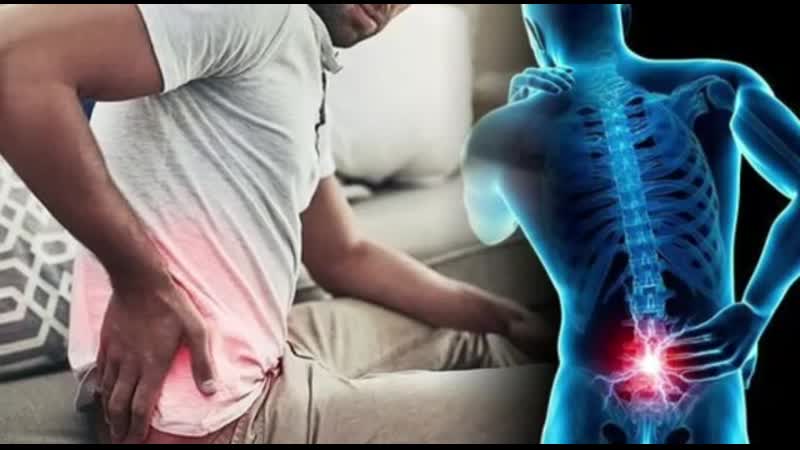 If you wish to try this traditional folk remedy, choose a juice that lists cranberries as its first ingredient and is free of artificial sweeteners and added sugar.
If you wish to try this traditional folk remedy, choose a juice that lists cranberries as its first ingredient and is free of artificial sweeteners and added sugar.
Steer clear of bladder irritants
Some foods and drinks can trigger bladder inflammation and intensify urinary tract infections. While your body heals, cut down on or avoid:
- Caffeine, including coffee, tea and chocolate
- Carbonated beverages
- Alcohol
- Spicy foods
- Acidic foods like fruits and vinegar
- Refined sugar
Combine home remedies with medical care
All of the above home remedies may ease symptoms of a UTI. However, none of them are likely to cure a urinary tract infection. While it is not possible for the immune system to fight off the bacteria that causes UTIs on its own, antibiotics are usually necessary to aid in the process. You can combine home remedies for UTI relief with the medication your primary care provider prescribes to both treat the infection and minimize your discomfort.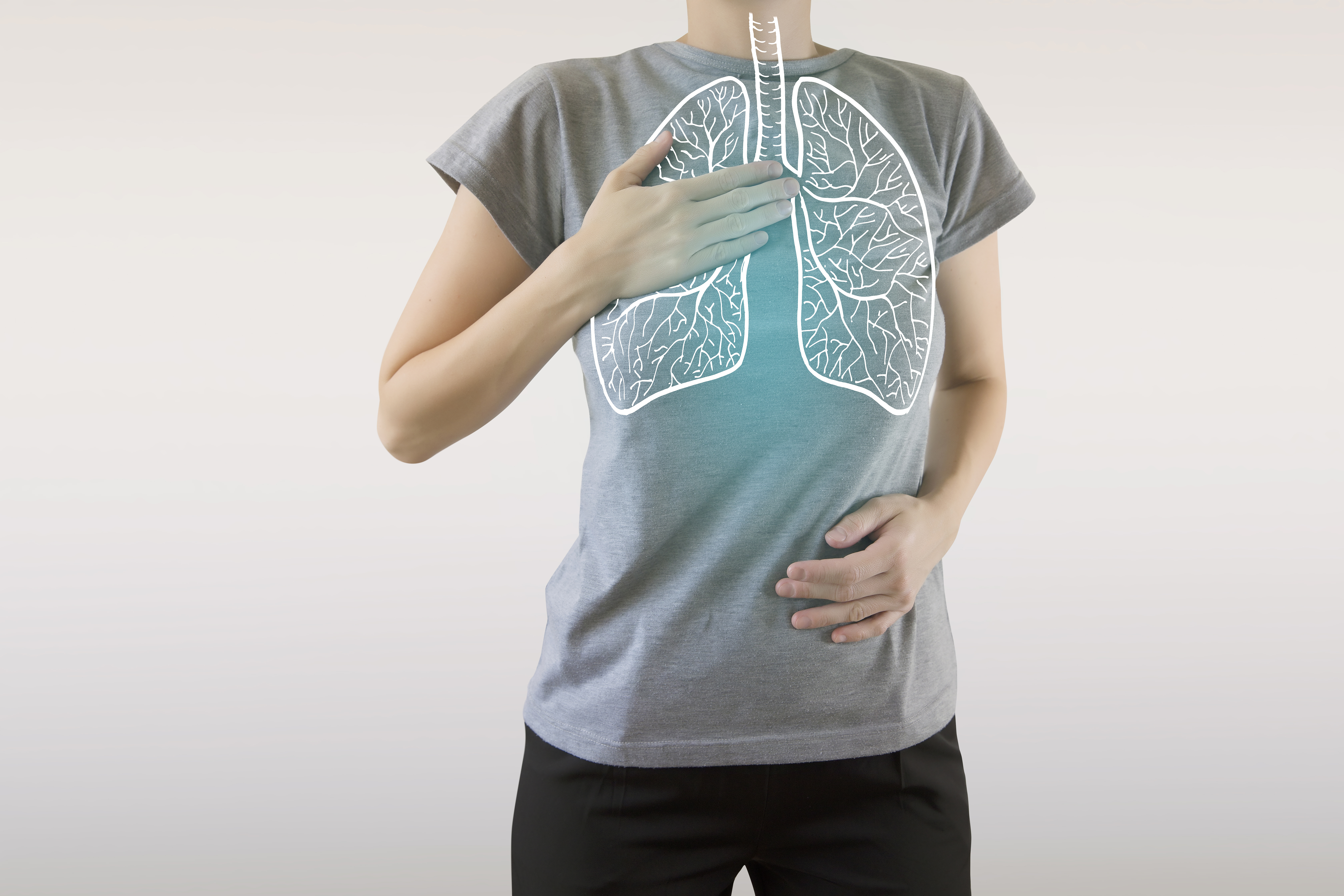
If you decide to let your immune system fight the infection on its own, keep close tabs on your condition. Specifically, see your doctor if you experience any of the following:
- High fever
- Pain in your side
- Pain in your lower back
- Nausea
- Vomiting
The above symptoms could indicate that the infection has spread to the kidneys. A kidney infection requires prompt medical care, since it can permanently damage the organs or move into the bloodstream and cause a potentially fatal infection.
Even without kidney infection symptoms, you should see your doctor if:
- Your symptoms don’t improve after two or three days
- You have had three or more UTIs in the last 12 months
- You’re pregnant
- You’re diabetic
- You have a medical condition or take a medication that suppresses your immune system
Forward improves UTI treatment
As your primary care provider, Forward delivers one-to-one, personalized care for UTIs. You can schedule an appointment in seconds and see a doctor virtually or in person. Prescriptions come right to your door for added convenience, and we recommend the best home remedies for UTIs to keep you comfortable while you recover.
You can schedule an appointment in seconds and see a doctor virtually or in person. Prescriptions come right to your door for added convenience, and we recommend the best home remedies for UTIs to keep you comfortable while you recover.
No long waits. One flat fee. No copays — ever.
Fed up with a soul-sucking healthcare system? Same. With unlimited visits, personalized insights and real, actionable results, find out what it’s like to actually enjoy seeing your doctor.
Am I a Candidate?
How to Relieve UTI Pain at Night: Medical and Home Remedies
We include products we think are useful for our readers. If you buy through links on this page, we may earn a small commission Here’s our process.
Healthline only shows you brands and products that we stand behind.
Our team thoroughly researches and evaluates the recommendations we make on our site. To establish that the product manufacturers addressed safety and efficacy standards, we:
- Evaluate ingredients and composition: Do they have the potential to cause harm?
- Fact-check all health claims: Do they align with the current body of scientific evidence?
- Assess the brand: Does it operate with integrity and adhere to industry best practices?
We do the research so you can find trusted products for your health and wellness.
Read more about our vetting process.
Was this helpful?
You may be able to relieve UTI pain by taking prescribed medications and using home remedies, including a heating pad.
A UTI is a urinary tract infection. It can be an infection in any part of your urinary system, including your bladder, kidneys, urethra, and ureters.
Some of the common symptoms that can make it difficult to sleep at night include:
- pelvic discomfort
- persistent urge to urinate
- burning sensation when urinating
- frequent urination of small amounts
Keep reading to learn about medical treatments and home remedies you can use to relieve nighttime UTI symptoms.
A UTI is an infection of any location along the urinary tract, but when most people say UTI, they’re usually referring to a bladder infection. UTIs are more common in folks assigned female at birth, because of the setup of anatomy.
S. Adam Ramin, MD, urologist and medical director of Urology Cancer Specialists in Los Angeles, explained that the “bladder and its tubing, the urethra, sit directly along the length of the vagina. Urine exits the body through this very short tube, and the opening of the urethra is a tiny hole right above the entrance into the vagina.”
Urine exits the body through this very short tube, and the opening of the urethra is a tiny hole right above the entrance into the vagina.”
This positioning makes it super easy for bacteria to travel along the urinary tract.
During vaginal intercourse, bacteria from the vagina and rectum can easily move into the urethra and the bladder, causing a urinary tract infection, Ramin added.
Hormonal change is another cause of UTIs, though it’s less common. Karyn Eilber, MD, a board certified urologist and an associate professor of urology & OB-GYN at Cedars-Sinai Hospital, said some people experience UTIs at certain times of the month.
“Cyclical hormone changes related to the menstrual cycle can influence the vaginal pH. The vaginal pH is acidic which is conducive to the ‘good’ bacteria,” Eilber said. “At certain times of the month (or because of perimenopause or menopause), the pH can become less acidic so that there is an imbalance in a woman’s microbiome and she can be more prone to UTIs. ”
”
For most healthy, hydrated people, peeing should be pain-free and urine output should be nearly odorless, or in some cases should only have a slight scent of ammonia to it. If that’s not the case, an infection might be present. Here are a few common signs of a UTI to look out for:
Urgent and frequent urination
A UTI can cause inflammation and irritation of the bladder lining, making it more sensitive. This results in more urinary urgency and frequency of urination. You might also notice that despite having an urgent need to pee, the output is minimal or nonexistent.
Burning or pain while peeing
Dysuria, or burning with urination, is also a common symptom. Pain due to a UTI usually occurs with urination, but pain or burning not related to urination may be indicative of a vaginal infection or something else, Eilber said.
Smelly or cloudy urine
Ramin said that sometimes, one of the early signs of an impending UTI is a distinctly unusual smell or cloudy appearance of your urine. If you suddenly notice a foul or otherwise unusual smell to it, this may indicate a urinary tract infection or urinary stones, especially if the smell is also accompanied by a cloudy appearance.
If you suddenly notice a foul or otherwise unusual smell to it, this may indicate a urinary tract infection or urinary stones, especially if the smell is also accompanied by a cloudy appearance.
Loss of control
You may also find you have less control over your bladder during a UTI episode. UTIs that have reached the kidneys can include the symptoms mentioned above and are frequently accompanied by back pain and fever.
To help your recovery, you need to rest. But it can be difficult to sleep with some of the uncomfortable symptoms that may accompany a UTI.
Here are some things you can do at home to help you sleep comfortably:
- Drink plenty of water during the day to help flush out bacteria.
- Avoid alcohol, coffee, and soft drinks that contain caffeine or citrus juice. These tend to irritate your bladder and aggravate the urgency and frequency of your need to urinate.
- Avoid drinking a lot of fluids before bed.
- Use an incontinence pad or wear incontinence pants.
 These can lessen the concern of urinating in your sleep or give you the option of not getting out of bed to urinate.
These can lessen the concern of urinating in your sleep or give you the option of not getting out of bed to urinate. - Use a hot water bottle or heating pad to warm your abdomen to minimize bladder discomfort or pressure.
- Completely empty your bladder before bed.
- Take your antibiotics as instructed by your doctor.
If your doctor hasn’t prescribed pain medication and you feel it would help you sleep, ask them for a recommendation for either OTC or prescription pain medications.
The first step to relieving UTI discomfort at night is to see your doctor about knocking out the infection.
Stopping the infection
Based on your current health and the type of bacteria in your urine, your doctor might recommend antibiotic medication for a simple UTI, such as:
- ceftriaxone (Rocephin)
- cephalexin (Keflex)
- fosfomycin (Monurol)
- nitrofurantoin (Macrodantin)
- trimethoprim/sulfamethoxazole (Bactrim, Septra)
If you have a complicated UTI or kidney infection, your doctor may prescribe a type of antibiotic called fluoroquinolones, such as levofloxacin (Levaquin) or ciprofloxacin (Cipro).
To reduce the risk of antibiotic resistance, you should receive the shortest treatment course possible. Effective treatment typically takes no more than 7 days.
There are also other medications available for treatment that are not antibiotic-based.
Relieving the pain
Within a few days of starting the antibiotic, you should notice a relief in discomfort, but your doctor may also suggest an analgesic (pain medication).
Antibiotics aren’t the only option and there are other prescription medications available to treat UTIs.
Many UTI analgesics include phenazopyridine for relief from the pain, itching, burning, and urinary urgency. It’s available in both prescription and over-the-counter (OTC) forms.
Over-the-counter UTI medication
When it comes to treating UTIs with OTC options, you may want to skip it. Bladder infections are usually easy to treat with a course of antibiotics prescribed by your doctor and plenty of fluids. But if you’re looking for pain relief, Ramin recommends AZO.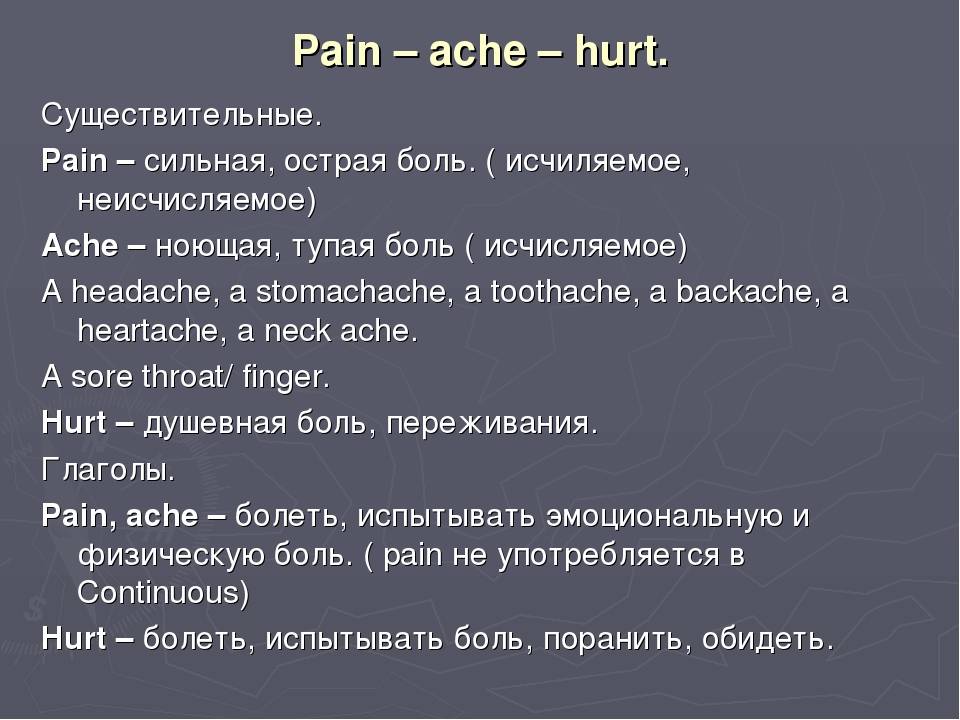
“AZO is an effective OTC and one of the best over-the-counter bladder analgesics we have available to ease urinary pain. If taken in small doses, this is safe. Overdosing on AZO should always be avoided,” he said. “You can use AZO with or without antibiotics, but typically I recommend using it for 3 days.”
Experts also recommend drinking plenty of fluids, unsweetened cranberry juice, and taking probiotics. Just because there are OTC options to relieve UTI discomfort, you shouldn’t overlook the actual infection. In fact, Kecia Gaither, MD, MPH, FACOG, double board certified in OB-GYN and Maternal Fetal Medicine, doesn’t recommend taking the OTC route at all.
“I don’t recommend over-the-counter medications for urinary tract infections,” she said. “Untreated [or not properly treated], a common bladder infection can spread to the kidneys and potentially the entire body, resulting in pyelonephritis and urosepsis.”
Those who are pregnant are particularly susceptible to this, as bladder infections can be further progressive in nature.
According to Eilber, UTI pain and other symptoms aren’t worse at night. They are just more bothersome because people aren’t as distracted by their daily activities and the symptoms of frequency and urgency are forcing you to get out of bed.
UTI discomfort may also seem worse because you’re not emptying your bladder as much as you would during the day. The pressure from collecting urine then creates discomfort against the inflamed walls of your infected bladder.
To reduce your risk of getting a UTI, there are specific lifestyle steps you can take, including:
- Drink plenty of fluids, especially water.
- Drink cranberry juice.
- Wipe from front to back after urinating and bowel movements.
- Empty your bladder before and after sexual activity.
- Take showers instead of baths.
- Avoid potentially irritating products, such as deodorant sprays, douches, and powders, in the genital area.
- Change tampons regularly.
- Switch your birth control method.
 Condoms and diaphragms can contribute to bacterial growth.
Condoms and diaphragms can contribute to bacterial growth. - Wear loose-fitting cotton underwear and clothing.
If you are experiencing symptoms of a UTI, it’s best to see your doctor as soon as possible. For those who are pregnant, a UTI can be dangerous for both mother and child.
Your doctor will perform the necessary tests, like a urine culture, to figure out the primary bacteria responsible for your infection. They’ll then prescribe medication that is targeted for your specific needs.
Again, this isn’t something you want to ignore for too long because your UTI could get a lot worse. Ramin said, in rare cases, the bacteria could make its way to your kidneys, which makes the UTI more difficult to treat.
“In more serious cases of urinary tract infection, antibiotics may need to be administered intravenously and then followed by a course of oral antibiotics for several days to weeks,” he said.
UTI supplement options
Read our full review of Uqora, a company that focuses on developing natural supplements for UTI prevention.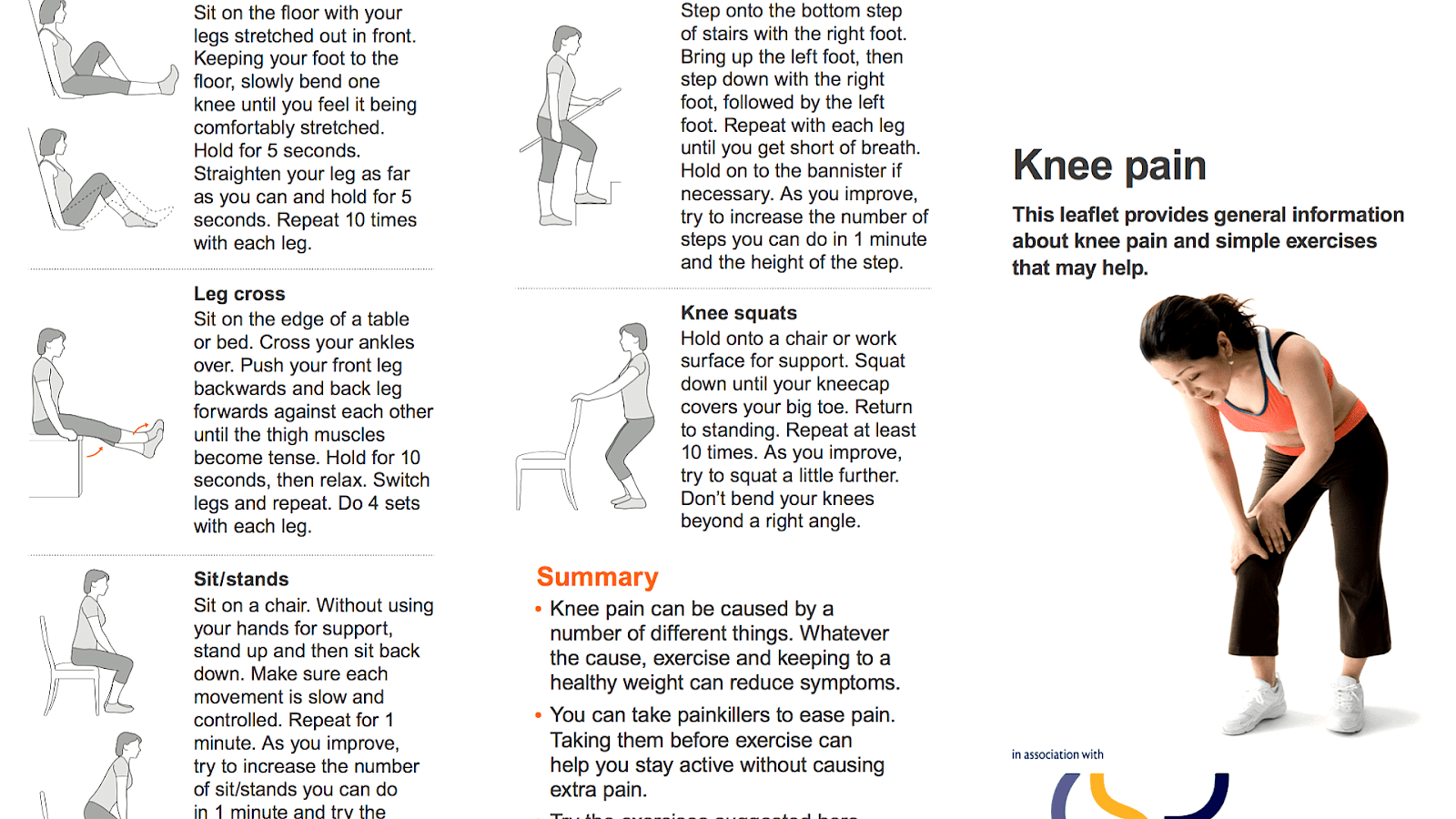
Was this helpful?
How do you get rid of a UTI?
While it’s possible for some UTIs to clear up on their own, the best way to get rid of a UTI is by seeing your doctor.
How long do UTIs last?
According to Jordan Gitlin, MD, chief of pediatric urology at NYU Langone Hospital, a very minor infection will need treatment for about 5 to 7 days. For a more severe infection that goes up to the kidney or requires hospitalization, treatment lasts 10 to 14 days.
Why is UTI pain worse at night?
The pain and discomfort associated with UTIs aren’t worse at night, you’re just more aware of them. This is because you’re not distracted by your daily tasks and because you’re not emptying your bladder as much as you would during the day.
How should I sleep with UTI pain at night?
Here are some things you can do to help you sleep more comfortably at night, if you have UTI pain:
- Make sure you empty your bladder completely before going to bed.

- You may consider setting alarms during the night so you wake up and use the bathroom.
- Use an incontinence pad or wear incontinence pants. These can lessen the concern of urinating in your sleep or give you the option of not getting out of bed to urinate.
- Use a hot water bottle or heating pad to warm your abdomen to minimize bladder discomfort or pressure.
Some of the uncomfortable symptoms of a UTI can interfere with sleep.
Once your doctor has diagnosed and recommended treatment for your UTI, talk with them about steps you can take to make sleeping easier. They can recommend prescription or OTC pain medications. You can also try heating pads and hot water bottles.
Once you’ve recovered from your UTI, some ways you can avoid another one are to stay hydrated, take showers instead of baths, and wear cotton underwear.
7+ effective home remedies for bladder inflammation
✓ Vitamin C
- Vitamin C ?
Vitamin C, or ascorbic acid, contributes to the protection of cells from oxidative stress and the normal functioning of the immune system. As a home remedy for bladder inflammation, it is used to help the body fight UTIs by boosting the immune system and making the urine more acidic so that bacteria cannot thrive. EU Regulation 1924/2006 EU Health Statement, Vitamin C
As a home remedy for bladder inflammation, it is used to help the body fight UTIs by boosting the immune system and making the urine more acidic so that bacteria cannot thrive. EU Regulation 1924/2006 EU Health Statement, Vitamin C
FYRON IMMUN FORTE – with Vitamin C
Vegan, 60 capsules: Supports the normal functioning of the immune system, contains: Chromium, Folic Acid, Copper, Selenium, Vitamin A, B6, B12, C, D, Zinc, Vitamin B2 Riboflavin, Vitamin B7 Biotin, Vitamin E, Vitamin K, Calcium, Thiamine (Vitamin B1), Magnesium, Manganese, Molybdenum,…
✓ Cranberry juice
For generations, people have used cranberries as a preventive and home remedy for bladder infections because they make it harder for bacteria from uroliths to adhere to the walls of the urinary tract (it prevents E. coli from sticking, so the likelihood of urolithiasis is reduced). Cranberries contain anthocyanins, plant pigments known to be a natural defense against bad gut microbes.
✓ D-Mannose
- D-Mannose Powder
Most people use D-Mannose as a natural supplement due to its anti-inflammatory properties that effectively flush out bacteria from the urinary tract. As a home remedy for bladder inflammation, they also use D-Mannose to stimulate the production of collagen and proteoglycans (the materials that make up the bladder wall) to help the bladder heal faster.
✓ Garlic
- Garlic Powder
Thanks to its natural antibacterial properties, garlic has been used for centuries in everything from ointments to tea. For example, garlic is used to naturally kill bacteria in an inflamed bladder. You can take it in powder or capsule form.
✓ Probiotics
- Probiotic Supplement
Probiotics, especially with strains from the Lactobacilli family, are living organisms that are used to restore a healthy balance of good and bad bacteria and get rid of urinary tract infections. They are commonly used as a prophylaxis for bladder inflammation and also as home remedies for bladder inflammation.
They are commonly used as a prophylaxis for bladder inflammation and also as home remedies for bladder inflammation.
✓ Apple Cider Vinegar
- Apple Cider Vinager
- Apple Cider Gummies
As many old books say, apple cider vinegar does have antimicrobial properties that can greatly reduce the action of key enzymes causing E. coli bacteria to grow and multiply, and therefore it can be used as a home remedy for inflammation of the bladder. Apple cider vinegar can be drunk or taken orally in the form of chewing gum.
✓ Aloe Vera
- Aloe Vera Gel
- Aloe Vera Gel Powder
In addition to being known as a natural antibiotic and powerful anti-inflammatory, it is a valuable help worldwide as a home remedy for bladder inflammation control and prevention of urinary tract diseases caused by fungi and bacteria, such as cystitis and candidiasis. Many people use it as a particularly effective treatment for these conditions due to its antifungal properties. Aloe vera contains a naturally occurring form of mannose called acemannone, which may explain somewhat why it has both anti-inflammatory and healing properties.
Aloe vera contains a naturally occurring form of mannose called acemannone, which may explain somewhat why it has both anti-inflammatory and healing properties.
Cystitis, or inflammation of the bladder, is more common in women. Cystitis can often be treated with herbal remedies such as cranberries, aloe vera, apple cider vinegar… Only in the most severe cases should antibiotics be considered. This disease is characterized by a need to urinate, pain in the lower abdomen, and sometimes blood in the urine.
To combat relapses, it is necessary to restore the balance of the flora with the help of adapted probiotics for the treatment of cystitis. [1] They are essential for maintaining a normal bacterial flora and preventing the growth of bacteria that cause cystitis. The effectiveness of probiotics in the treatment of women suffering from frequent cystitis has been proven. For maximum effectiveness, a monthly course of probiotic treatment is recommended. It can be repeated throughout the year (3-4 courses per year).
It can be repeated throughout the year (3-4 courses per year).
Even if cystitis is a benign urinary tract infection, it can be annoying and recurring. So that this trouble does not ruin your life, be sure to drink plenty of water.
Sources
Bladder Infection What is it?
BoD – Books on Demand.
2022
This is a book that explains much more than just the cause of a bladder infection. Based on research for more than 10 years, it is known what causes recurrent bladder infections. Studies have shown that E. coli bacteria can defend themselves against antibiotic attacks by hiding in the bladder wall and then resurfacing again and again, causing new infections.
Book on treatment of urinary tract infection
Urinary tract infection, or UTI, is the colonization of microorganisms in the urinary tract in xuich amount and such a wow, which results in demargues or simptoms produced. If only the ureters and bladder are affected, it is called the lower urinary tract.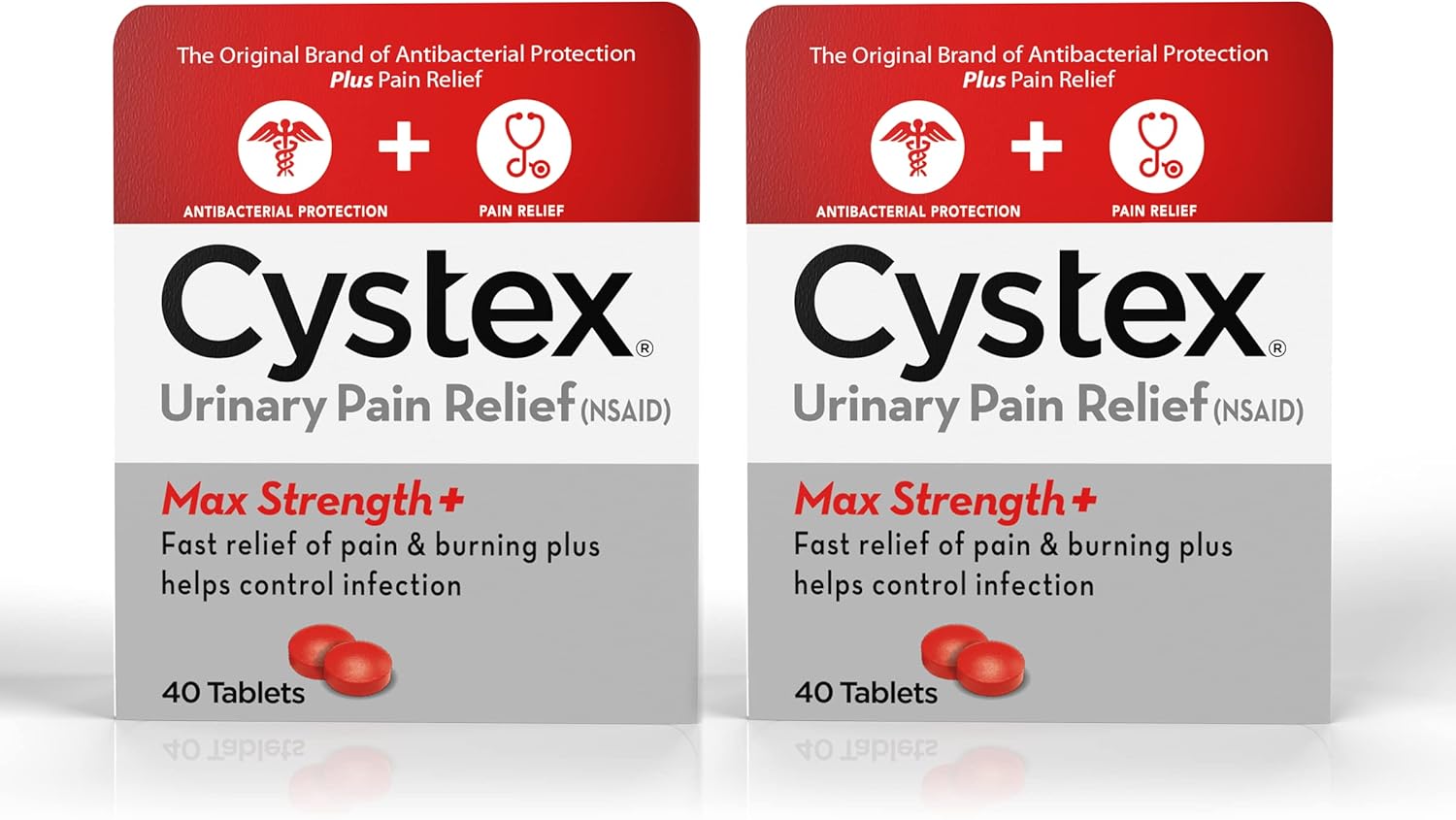 When both the bladder and urethra are affected, it is called an “upper bladder infection”.
When both the bladder and urethra are affected, it is called an “upper bladder infection”.
- Kuhaltasan Y. (2008) – Neurogenic bladder inflammation, British Journal of Pharmacology, [online] 7(1), pp.18-24. doi:10.1289/can.2021.0001.
- Monzanares I. (2019) – Inflammation and central pain sensitization in interstitial cystitis/bladder pain syndrome, Frontiers in Medical Science, Bjordling et al.
- Surindran E. and Shorma S. (2013) Painful bladder syndrome in interstitial cystitis, Blackwell Scientific
Does azithromycin work for uti?
- Quick Navigation
- What is azithromycin?
- What is a UTI?
- Definition
- UTI symptoms
- UIT causes
- UTI treatment 03
- Azithromycin for UTI
- Other antibiotics for UTI
- How to prevent UTI?
- Conclusion
Azithromycin for UTI has some therapeutic effect in urinary tract infections, but many patients do not have enough knowledge about urinary tract infections and do not understand the effectiveness of azithromycin.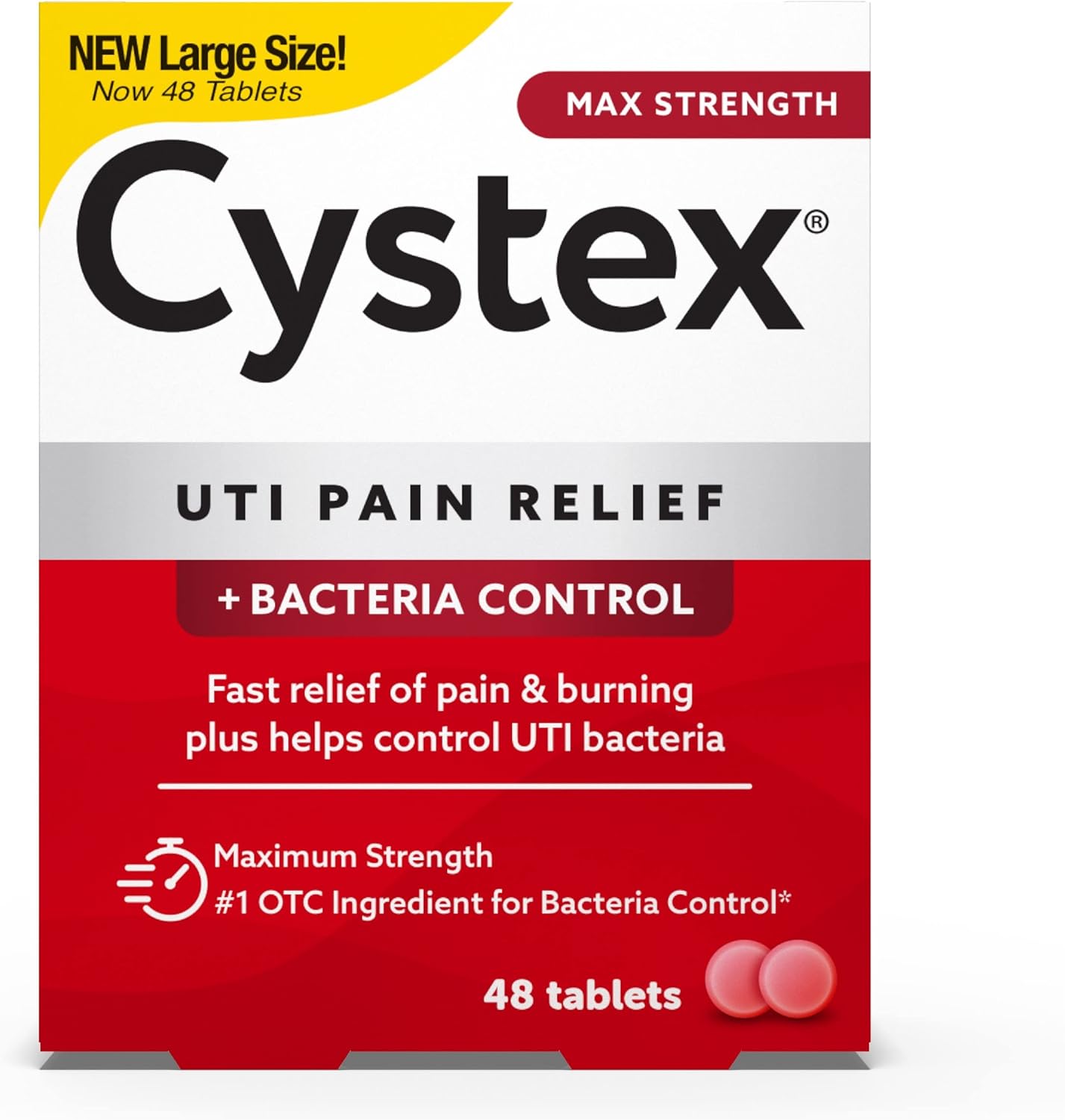 I will now answer these questions below.
I will now answer these questions below.
What is azithromycin?
Azithromycin tablets Indications for this product are suitable for the following infections caused by susceptible bacteria: bronchitis, pneumonia and other infections of the lower respiratory tract; skin and soft tissue infections; acute otitis media; sinusitis, pharyngitis, tonsillitis and other infections of the upper respiratory tract Azithromycin can effectively eliminate oropharyngeal streptococcus, but there is no evidence of the effectiveness of Azithromycin in the treatment and prevention of rheumatic fever.
Azithromycin can be used for simple genital infections caused by Chlamydia trachomatis, sexually transmitted diseases in men and women. Azithromycin can also be used for simple sexual infections caused by non-multidrug resistant Neisseria gonorrhoeae and chancroid caused by Haemophilus duke.
What is azithromycin
What is UTI?
. According to different parts of the invasion of the pathogen, it is divided into pyelonephritis, cystitis and urethritis.
According to different parts of the invasion of the pathogen, it is divided into pyelonephritis, cystitis and urethritis.
Pyelonephritis is also called upper urinary tract infection, and cystitis and urethritis together are called lower. urethra infectious disease. Because childhood infections are rarely limited to a specific part of the urinary tract and are difficult to identify clinically, they are often referred to as UTIs. According to clinical symptoms, it can be divided into symptomatic urinary tract infection (UTI) and asymptomatic bacteriuria.
According to a national survey conducted in China in 1982, urinary tract infections accounted for 8.5% of diseases in this system. In 1987, according to urinary screening statistics for children in 21 provinces and cities across the country, UTIs accounted for 12.5% of urinary attacks in children. Whether in adults or children, the incidence of UTIs in women is usually higher than in men, but the incidence in men is higher than in women in newborns or young infants.
2.
UTI symptoms
A. Acute infection
- Newborns. Mostly systemic symptoms, most often caused by blood poisoning. Accompanied by jaundice, latent bacteriuria, fever, lack of body temperature, pallor of the skin, lack of weight gain, refusal of milk, diarrhea, lethargy and convulsions.
- Infants and young children have severe systemic symptoms, mainly abdominal pain, diarrhea and vomiting. When urinating, there is crying and an unpleasant smell of urine. Frequent urination can cause refractory diaper dermatitis. Enuresis appears at night without enuresis at first.
- In children, symptoms of lower urinary tract infection are mainly bladder irritation, while upper urinary tract infections present with fever, chills, lower back pain, percussion pain in the kidney region, and tenderness of the costal crest angle. Hemorrhagic cystitis caused by E. coli, may have hematuria.
B. Relapse and re-infection
Relapse and re-infection
Relapse means that bacteriuria temporarily becomes negative after treatment and the original pathogenic bacteria reappear within a short period of time (6 weeks) after stopping the drug, and symptoms reappear. Reinfection refers to an infection that has been cured after treatment and is caused by another pathogen invading the urinary tract for a long time (usually 6 weeks) after stopping the drug.
C. Chronic infection
Disease course more than 6 months. Pyuria or bacteriuria may occasionally occur. People with long-term illness may have anemia, fatigue, and developmental delay.
3.
Causes of UIT
Any pathogenic bacteria can cause UTIs, but most are Gram-negative bacilli such as Escherichia coli, Para Escherichia coli, Proteus, Klebsiella, Pseudomonas aeruginosa and some Enterococcus and Staphylococcus . Escherichia coli is the most common causative agent of UTIs, accounting for about 60-80%. For newborns suffering from UTI for the first time, girls of all ages and boys under one year old, Escherichia coli remains the main pathogen, and in boys older than one year, the main pathogen is mainly Proteus. In girls 10-16 years old, Staphylococcus albicans is also common, and Klebsiella and Enterococcus are more common in newborns.
For newborns suffering from UTI for the first time, girls of all ages and boys under one year old, Escherichia coli remains the main pathogen, and in boys older than one year, the main pathogen is mainly Proteus. In girls 10-16 years old, Staphylococcus albicans is also common, and Klebsiella and Enterococcus are more common in newborns.
4.
Treatment of UTIs
Treatment aims to control symptoms, eradicate pathogens, eliminate predisposing factors, and prevent recurrence.
Principles for choosing antibiotics:
- Site of infection: for pyelonephritis, drugs with a high concentration in the blood should be chosen, and drugs with a high concentration in the urine – for cystitis .
- Route of infection: In ascending infections sulfa drugs are the first choice. If systemic symptoms such as fever are evident or blood-borne infections are detected, penicillins aminoglycosides or cephalosporins are usually used alone or in combination.

- Select antibiotics based on urine culture and drug susceptibility test results, combined with clinical efficacy.
- The drug must have a high concentration in kidney tissue, urine and blood.
- Selected preparations have a strong antibacterial capacity and a wide antibacterial spectrum. It is best to use strong and difficult-to-manufacture drugs against resistant bacteria.
- Preparations with minor impairment of renal function.
Azithromycin for UTI
Azithromycin is a new generation of macrolides. antibiotics . Its antibacterial spectrum is wider than erythromycin . It has a stronger antibacterial effect on gram-negative bacteria such as Neisseria gonorrhoeae than erythromycin. It also has a strong effect on Chlamydia trachomatis and Ureaplasma urealyticum. If you drink milk at home, Balla can also macrolide test to let you know if there are macrolide residues in milk.
Azithromycin is well absorbed when administered orally, has a high tissue concentration, a long half-life (2 to 3 days) and a high concentration in the genitourinary tract, prostate and other tissues. Therefore, it is commonly used in clinical practice for the treatment of Neisseria gonorrhoeae, Chlamydia trachomatis, and urea urogenital infection caused by the parent organism.
Azithromycin tablets are used to treat infectious diseases. Symptoms usually disappear after three days in a row and get worse over the next three days. The course of treatment and method of application are as follows: dilute in water and swallow inside.
Adults: For sexually transmitted diseases caused by Chlamydia trachomatis or Neisseria gonorrhoeae, only 1.0 g of this product should be taken orally once. Treatment of other infections: the total dose is 1.5 g divided into three doses; 0.5 g of this product is taken once a day. Or the total dose is the same, still 1.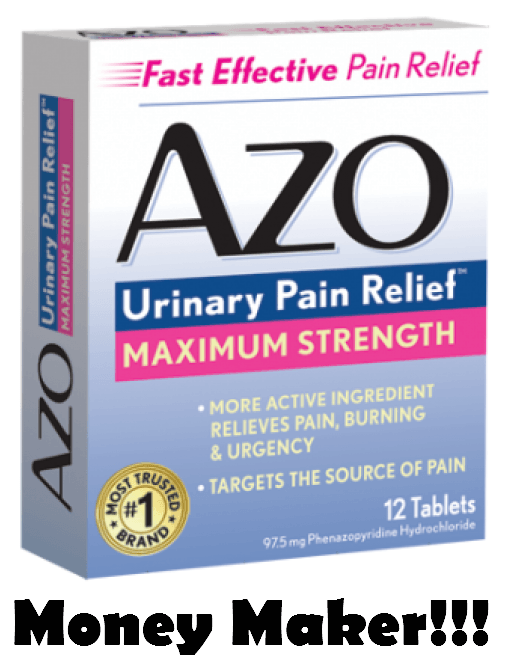 5 g, take 0.5 g on the first day, then take 0.25 g of this product once a day from the second to the fifth day.
5 g, take 0.5 g on the first day, then take 0.25 g of this product once a day from the second to the fifth day.
A patient suffering from a urinary tract infection should be treated in a timely manner, but pay attention to medicines under the direction of a doctor, and not take medicines without permission, which may harm health. Drink plenty of water and flush your urethra to help relieve the condition.
However, some clinicians suggest that azithromycin is not effective in treating urinary tract infections. It is best to eat cephalosporins and levofloxacin. If you are not feeling well, you should go to the hospital to have your bladder checked and follow your doctor’s advice. Always drink plenty of water and urinate more often.
Azithromycin for UTI
Other antibiotics for UTI
The following oral antibiotics are commonly used to treat simple UTI infections (acute cystitis): rome. Physicians should select antibiotics based on the patient’s medical history, type of UTI, evidence of local drug resistance, and cost. First-line drugs are usually selected from nitrofurantoin, fosfomycin, and sulfamethoxazole-trimethoprim. When first-line drugs cannot be used, amoxicillin/clavulanic acid and some cephalosporins such as cefpodoxime, cefdinir, or cefaclor can be used.
First-line drugs are usually selected from nitrofurantoin, fosfomycin, and sulfamethoxazole-trimethoprim. When first-line drugs cannot be used, amoxicillin/clavulanic acid and some cephalosporins such as cefpodoxime, cefdinir, or cefaclor can be used.
Fluoroquinolones Such as ciprofloxacin and levofloxacin are also commonly used for simple UTIs. However, the FDA (Food and Drug Administration) strongly recommends the use of such drugs for more serious infections and only when conventional antibiotics are not available.
An FDA safety review has shown that oral and injectable fluoroquinolones (also referred to as “quinolones”) are associated with serious and potentially disabling side effects affecting tendons, muscles, joints, nerves, and the central nervous system. These adverse reactions may occur shortly after ingestion or several weeks after exposure, and may be permanent.
Some oral fluoroquinolones may be suitable for the treatment of more complex urinary tract infections, including pyelonephritis and complex UTIs involving the prostate.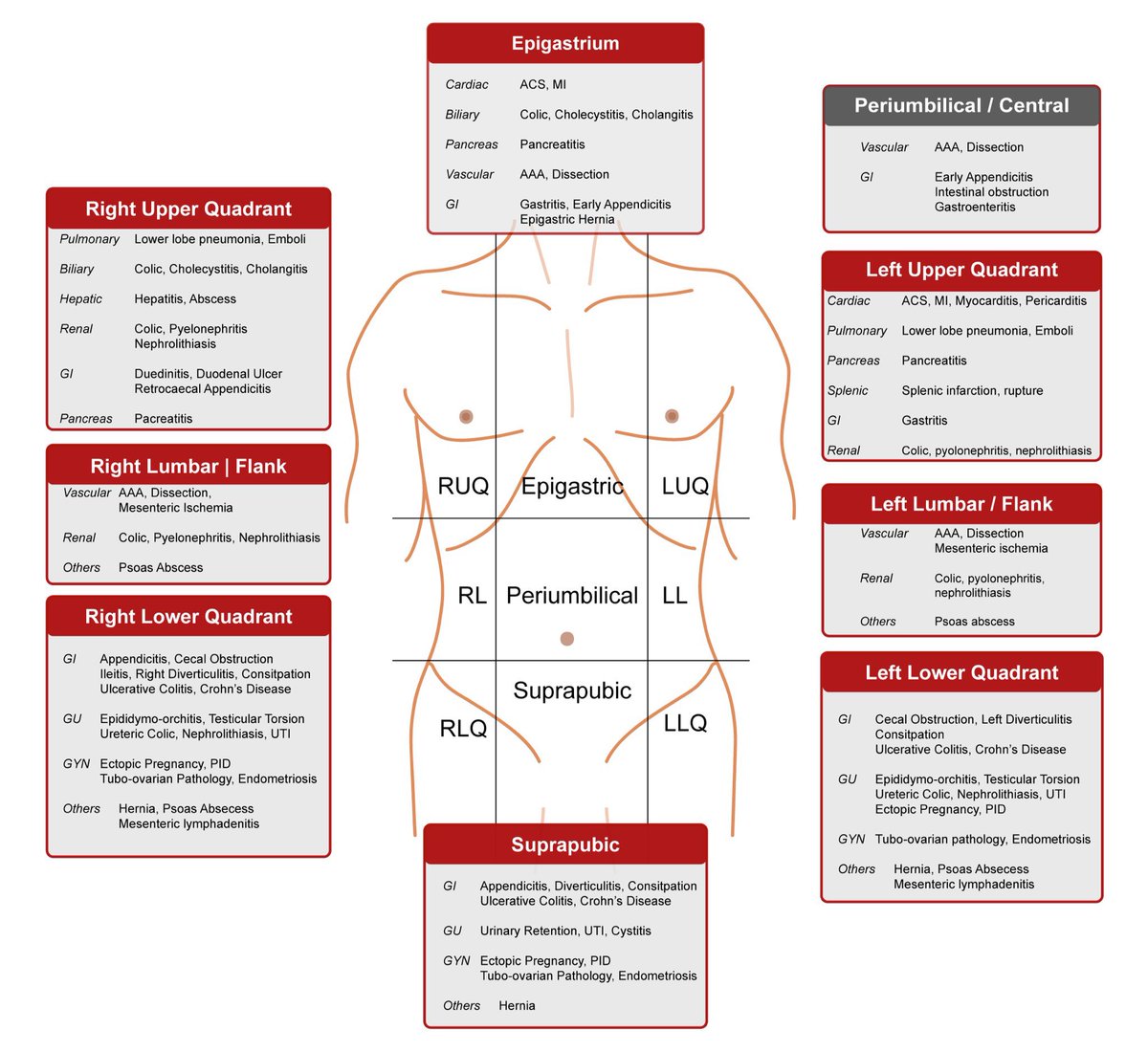 For outpatient treatment of simple pyelonephritis, the following quinolones can be used: ciprofloxacin and levofloxacin. Depending on the pattern of resistance (>10%), an initial dose of long-acting parenteral antibacterials (eg, ceftriaxone) or a 24-hour dose of aminoglycoside drugs may be required.
For outpatient treatment of simple pyelonephritis, the following quinolones can be used: ciprofloxacin and levofloxacin. Depending on the pattern of resistance (>10%), an initial dose of long-acting parenteral antibacterials (eg, ceftriaxone) or a 24-hour dose of aminoglycoside drugs may be required.
Ampicillin and amoxicillin , which are used to treat cystitis (E. coli infection), are highly resistant to antibiotics. Other oral drugs with increased resistance include sulfamethoxazole and trimethoprim and fluoroquinolones . The resistance rate to oral cephalosporins and amoxicillin/clavulanate potassium is usually less than 10%, and amoxicillin/clavulanate potassium can still be used as a drug.
What about frequent recurrences of urinary tract infections? Within one year of the onset of urinary tract infections, 1/4 to 1/2 of women may re-infect with a UTI. Prophylactic use of antibiotics is recommended in such women, as well as urine culture or imaging for further analysis. The choice of antibiotic should be based on previous urinary tract infections, drug availability, and patient factors (such as antibiotic allergy and cost). Antibiotics commonly used for recurrent UTIs include sulfamethoxazole-trimethoprim, nitrofurantoin, cefaclor, or cephalexin.
The choice of antibiotic should be based on previous urinary tract infections, drug availability, and patient factors (such as antibiotic allergy and cost). Antibiotics commonly used for recurrent UTIs include sulfamethoxazole-trimethoprim, nitrofurantoin, cefaclor, or cephalexin.
For postmenopausal women with recurrent urinary tract infections caused by vaginal dryness, vaginal estrogen may be an effective treatment. Recommended treatment options include: an estrogen vaginal ring, a vaginal tablet, or an estrogen vaginal cream.
Treatment of UTIs without antibiotics is not usually recommended. Early urinary tract infections (such as cystitis) can worsen over time, leading to more serious kidney infections (pyelonephritis). If you have 9 symptoms0110 urethra infection, it is best to seek medical attention. If pregnant women suspect they have a urinary tract infection, they should seek medical attention as soon as possible, otherwise the risk of having a low birth weight baby or prematurity may be higher.
Some patients may use cranberry or cranberry juice as a home remedy for urinary tract infections. However, cranberry juice for ooty has not been shown to cure bacterial infections of the bladder or kidneys. In most cases, antibiotics are the best treatment for urinary tract infections. Based on limited evidence, increasing fluid intake (such as water), avoiding spermicides, and avoiding urination after intercourse may also help prevent UTIs.
How to prevent a UTI?
- Keep your vulva clean. Adults should wash the vulva once a day, change underwear frequently, wipe the anus after a bowel movement, and avoid getting dirt from the anus into the urethral opening.
- Pay attention to sexual hygiene. Before sex, clean the external genitalia. If contraceptives are used, they should be cleaned or disinfected. You should urinate once before and after sex. Also, stop masturbation, especially masturbation with utensils, to prevent urinary tract infection and injury.


 Condoms and diaphragms can contribute to bacterial growth.
Condoms and diaphragms can contribute to bacterial growth.
